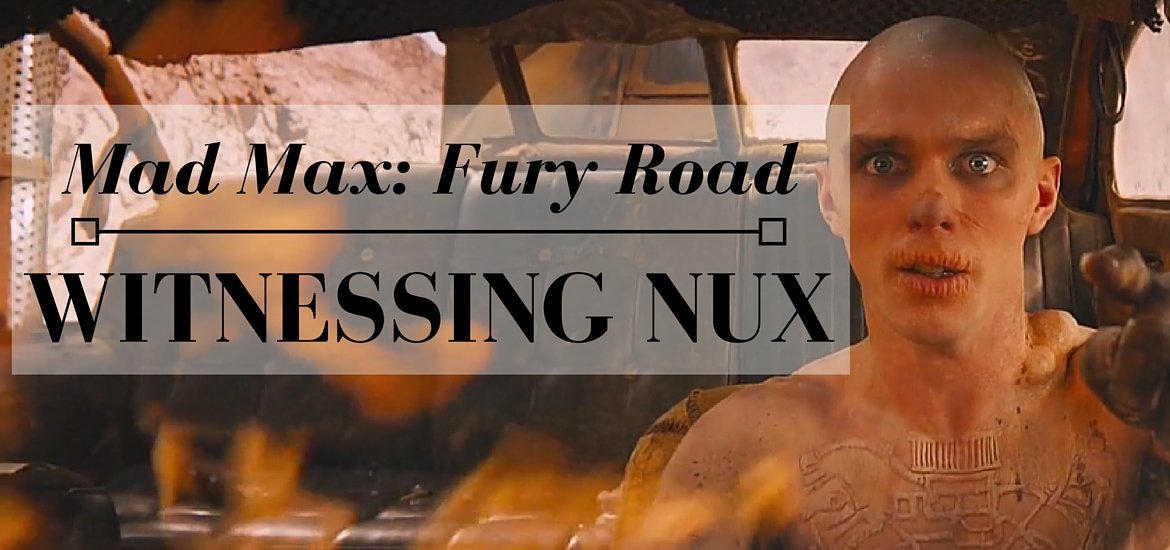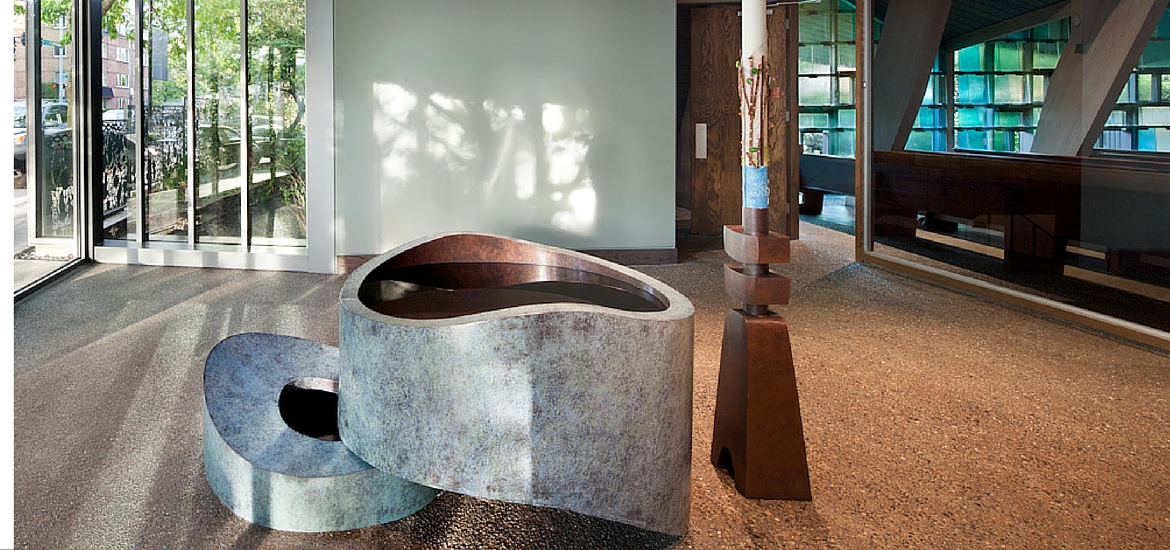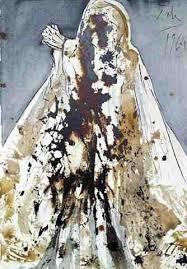SPOILER ALERT – In this post we witness Nux in the most significant 24 hours of his life. It pretty much opens with spoilers. So seriously, go watch the movie already! Then come back. I’ll be here.
Transformation
Nux may be the most drastically transformed character over the course of Mad Max: Fury Road.
We meet him as a happily indoctrinated war boy, but hours later he fully commits himself to the destruction of Immortan Joe’s empire and the overthrowing of the Citadel.
At the start of the film, his body is “battle fodder” (as the Splendid put it) in the service of the empire, but in the end he sacrifices his body in order to destroy the empirical forces.
And he’s the one character the audience sees progress through all the types of hope.
Kamakrazee War Boy
When we first meet Nux, he’s resting and connected to his “blood bag” — death is imminent. And yet, hearing of betrayal, he’s energized, determined to die for the purposes of the empire and to please Immortan Joe. He refuses to stay at the Citadel and “die soft.” “If I’m gonna die, I’m gonna die historic on the Fury Road.”
We see him cheer as a pierced war boy shouts “Witness!” and jumps to his death, taking out an enemy vehicle. When a war boy dies for the purposes of the Cult of the V8 (the religion of the empire), there seems to be a tradition of witnessing. Part of what makes the death worthwhile is the memory of the way in which the death occurred, the way it benefited the empire.
When Nux goes on his own kamakrazee drive, dumping gallons of gasoline into the car and riding into the apocalyptic desert storm, he shouts to Max, “Witness me, Blood Bag!” He’s thoroughly committed to the Cult, determined to “ride eternal on the highways of Valhalla” with Immortan Joe.
Nicholas Hoult, the actor who plays Nux, says, “He’s very hyped up and running on this enthusiasm and belief that he’s destined for something great.”
Despair to Hope
That enthusiasm dissipates when he fails to kill Furiosa on behalf of Joe.
Capable finds him at the back of the War Rig, hitting his head in punishment, “He [Joe] saw it all. My own blood bag driving the rig that killed her [Angharad the Splendid].” He laments that he “should be walking with the Immorta.” “I thought I was being spared for something great.”
At that point, he aligns himself with Furiosa and the wives — not because he thinks what they’re doing is right, but because he believes himself to be exiled from the empire and faith of Immortan Joe. His very survival is dependent on getting somewhere livable with the traitors.
It’s not until Max reveals the plan to take the Citadel that Nux fully recovers from his despair, acknowledging the opposite of despair: “Feels like hope.”
Eyes to See
When we first meet Nux, he’s in standard war boy makeup: blackened eyes and powder-whitened body.
By the time he claims hope, this layer has begun to fall away. The white powder has been sand-blown off; we can see that he is living flesh. The blackness around his eyes gradually clears; Nux develops clear-sightedness.
Which reminds me of another man dedicated to his religion and transformed through a shift in sight — the Apostle Paul. Saul (as he was then called) was on his own Fury Road in pursuit of traitors. The opening sentence of Acts 9 tells us that Saul was seeking permission to capture those who betrayed the religious establishment of his day. Perhaps Saul even understood himself to be anointed, shiny and chrome, for exactly the task of recovering the traitorous souls.
But Jesus appeared to Saul and struck him blind. Days later, he regains his sight, is renamed Paul, and begins championing the Christian cause. His mission began when he regained true sight.
Nux, like Paul, is an image of conversion — and, also like Paul, a martyr for the coming of the Kingdom.
Witness
They’re on the road back to the Citadel when Immortan Joe is finally defeated. Cheedo shouts back to those in the War Rig: “He’s dead! He’s dead.” For just a moment, the camera lingers in a closeup on Nux’s face. The last scales fall from his eyes.
If Immortan Joe has died, then Nux is not in exile from the true faith of the Cult of the V8. Joe will not carry him into Valhalla. Joe was not an Immorta; perhaps there are no Immorta; perhaps there is no Valhalla. The entirety of that faith is proven false, even foolish, in light of Joe’s death.
Nux is free from his religious and empirical ties, free to choose his commitments, free to act for the interest of goodness for the world rather than simply for the best interests of Joe.
Nux is free to love.
And he loves greatly. Jesus claims that there is no greater love than to lay down one’s life for one’s friends. Earlier, Nux had told Capable that he thought he was being spared for “something great,” and in this moment perhaps he realizes that he was, and that the moment of greatness has arrived, greatness for a cause he could never have imagined the day before.
Nux points to Capable, his beloved, and whispers (not shouts — no, there is no need to shout for glory when the very act contains all the glory of God) “Witness me.”
When Nux finally dies, he dies historic on the Fury Road. He was right from the very beginning. He dies historic — dies in such a way that a barrier is provided to protect his friends and to protect the hope that they will carry to the Citadel.
A day earlier, he was willing to die in hope of personal gain — glory in Valhalla, feasting with the heroes, perhaps being honored as a hero himself. Here, he dies for a hope in this world, hope for an abundance of green things and clean water for many. He dies for a hope that he knows he won’t get to participate in.
I can’t help but think that the entire film is a witness to Nux’s conversion and to his great love.
Saint Nux, who gave his life so that the world might be saved.
For discussion: What other saints and martyrs do you notice in Mad Max: Fury Road? What do you think it means to witness to the life and death of another? What might need to die so that you are more free to love greatly? What are you willing to risk your life for, or to die for?
Respond in the comments below!






